Rising Healthcare Expenditure
The increasing healthcare expenditure across various regions appears to be a pivotal driver for the Medical Protective Clothing Market. As nations allocate more resources to healthcare, the demand for protective clothing is likely to rise. In 2023, healthcare spending reached approximately 10 trillion USD, and projections suggest this figure could grow by 5% annually. This trend indicates a heightened focus on safety and infection control, particularly in hospitals and clinics. Consequently, manufacturers of medical protective clothing may experience a surge in demand, as healthcare facilities prioritize the procurement of high-quality protective gear to safeguard both patients and healthcare workers. This growing investment in healthcare infrastructure is expected to bolster the Medical Protective Clothing Market significantly.
Regulatory Standards and Compliance
Regulatory standards and compliance requirements are crucial factors influencing the Medical Protective Clothing Market. Governments and health organizations have established stringent guidelines to ensure the safety and efficacy of medical protective clothing. Compliance with these regulations is essential for manufacturers seeking to enter or expand within the market. In 2025, it is anticipated that regulatory bodies will introduce even more rigorous standards, particularly concerning the performance and testing of protective gear. This evolving regulatory landscape may compel manufacturers to enhance their quality assurance processes and invest in certifications, thereby driving innovation and improving product offerings. Consequently, adherence to regulatory standards is likely to play a significant role in shaping the Medical Protective Clothing Market.
Growing Demand from Emerging Markets
The growing demand from emerging markets is poised to be a significant driver for the Medical Protective Clothing Market. As economies develop, there is an increasing focus on healthcare infrastructure and the need for protective clothing. Countries in Asia and Africa are witnessing rapid urbanization and healthcare investments, which are likely to boost the demand for medical protective clothing. In 2025, the market in these regions is expected to grow by 8%, reflecting a shift towards improved healthcare standards. This trend indicates that manufacturers may need to tailor their products to meet the specific needs of these markets, potentially leading to innovative designs and cost-effective solutions. As such, the Medical Protective Clothing Market is likely to benefit from this expanding consumer base.
Increased Awareness of Infection Control
There seems to be a growing awareness regarding infection control measures, which is likely to drive the Medical Protective Clothing Market. Educational campaigns and public health initiatives have emphasized the importance of protective clothing in preventing the spread of infections. This heightened awareness is reflected in the rising demand for personal protective equipment (PPE), which includes medical gowns, gloves, and masks. In 2024, the market for PPE is projected to reach 60 billion USD, indicating a robust growth trajectory. As healthcare providers and institutions recognize the critical role of protective clothing in safeguarding health, the Medical Protective Clothing Market is poised for expansion, with manufacturers adapting to meet evolving standards and requirements.
Technological Innovations in Fabric Production
Technological innovations in fabric production are transforming the Medical Protective Clothing Market. Advances in materials science have led to the development of fabrics that offer enhanced protection, comfort, and breathability. For instance, the introduction of antimicrobial and fluid-repellent materials has significantly improved the efficacy of medical protective clothing. The market for advanced textiles is expected to grow at a compound annual growth rate of 7% through 2026, suggesting a strong inclination towards innovative solutions. These advancements not only enhance the performance of protective clothing but also cater to the diverse needs of healthcare professionals. As a result, manufacturers are likely to invest in research and development to create cutting-edge products that align with the evolving demands of the Medical Protective Clothing Market.


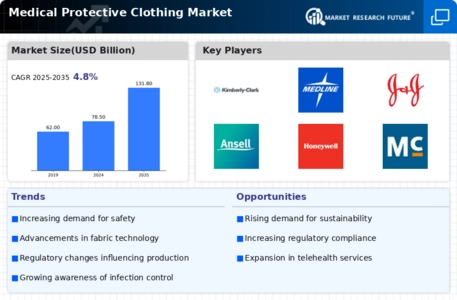
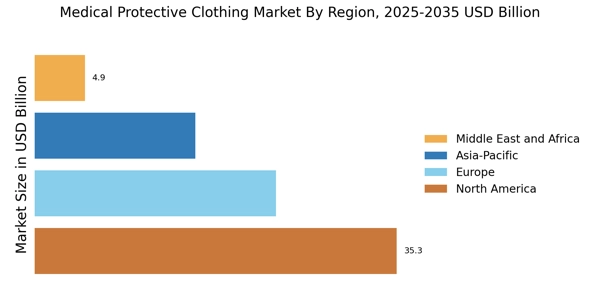

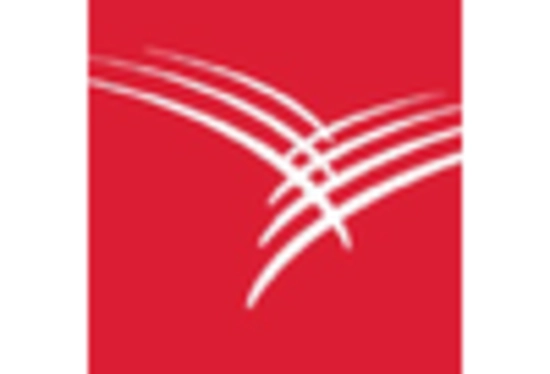


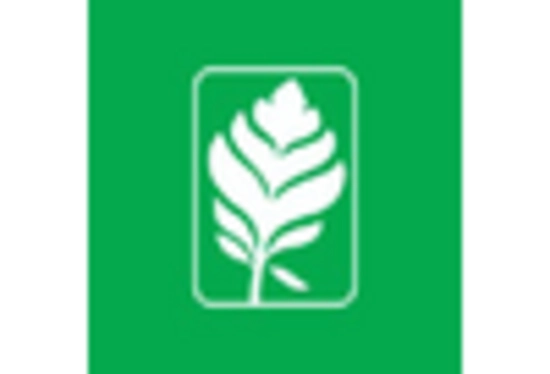
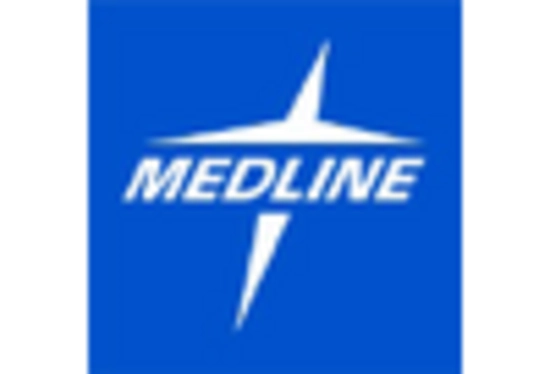








Leave a Comment